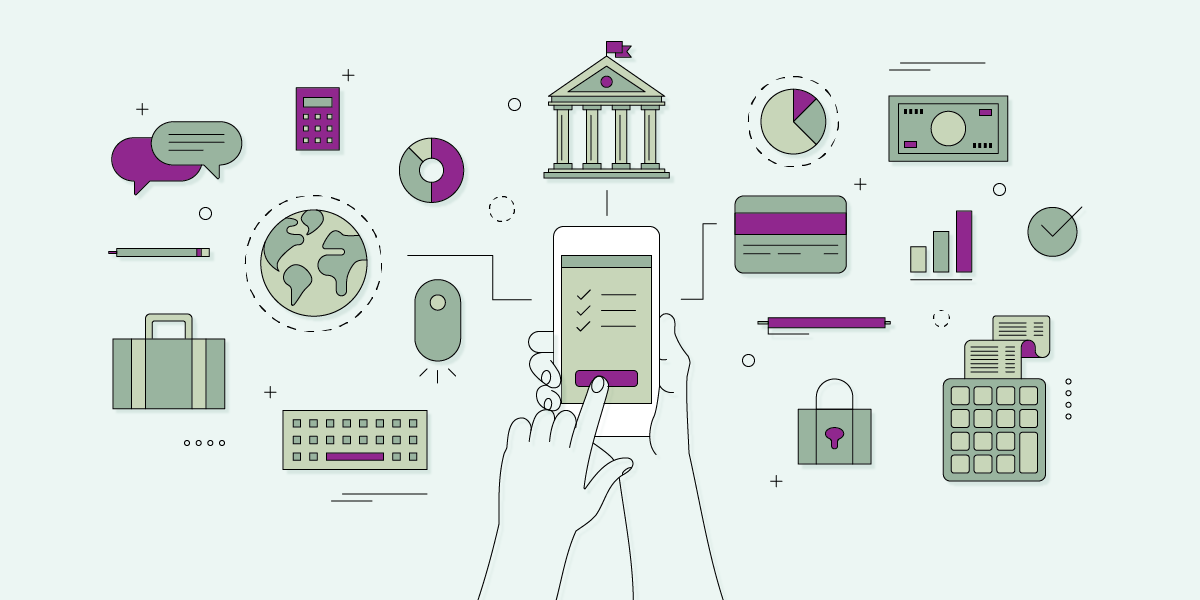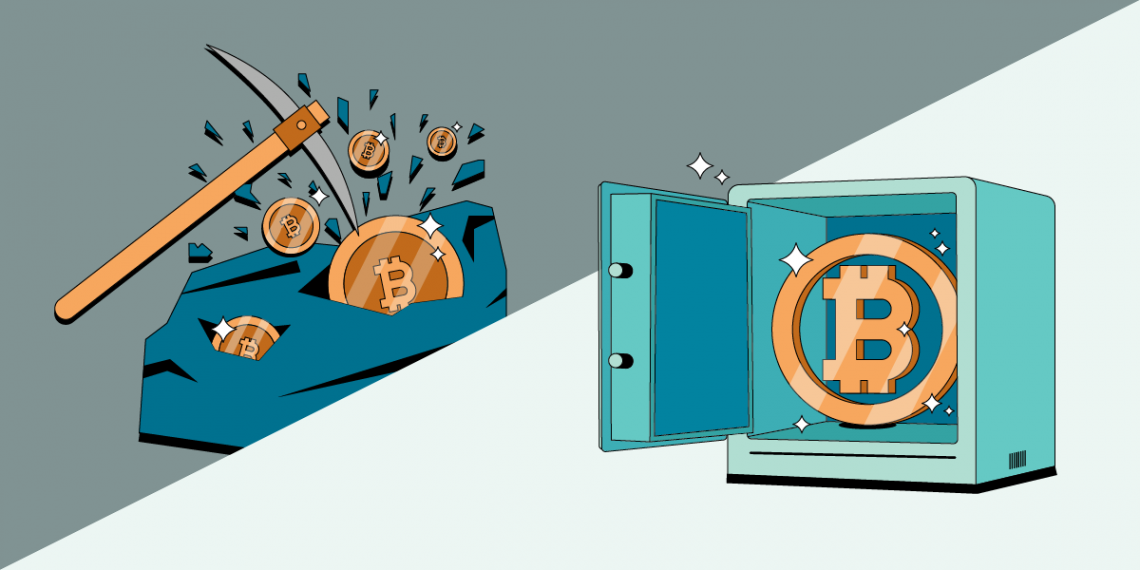The Internet of Things (IoT) is transforming nearly every industry, including the banking sector. The Internet provided connectivity, but IoT took it to the next level. The Internet of Things is the autonomous connection between devices that enables operations to be streamlined easily. It is a network of internet-connected gadgets that gather and transfer data. It is used in banking to improve the everyday client experience, offer new services, and even transform the way banks operate.
Advantages of IoT in banking
Now, with IoT in banking, processes can be monitored and controlled over the Internet rather than relying on physical labor to carry out these activities. Because clients utilize smart devices to access data, banks now have a true overview of their customers’ accounts in real-time. Banks can now effectively anticipate consumer demands and offer solutions and advice to assist customers in making safe and prudent financial decisions. It is an innovation that causes expenses to be reduced, productivity to be increased, and the lives of customers to be better.
- Improved banking experience
Data collected via connectivity devices will provide insights into clients’ demands, allowing banks to offer better services for them. Clients’ banking experiences will be improved with timely information and tailored products. Furthermore, bank visitors will be able to arrange an appointment or check-in using their smartphones, all thanks to innovative technologies like this. This also enables bank management to minimize both the number of employees and the maintenance expenses while also lowering client wait times.
- Advanced credit card usage
This cutting-edge technology is also altering how people make payments. Traditional credit cards are gradually becoming obsolete, due to wearable smart gadgets that execute wireless payments and cash withdrawals. Clients may now ask the bank real-time questions and get extended credit card limits on-site using a new type of interactive credit card. In the coming years, more and more people will undoubtedly use these devices for regular activities.
- Enhanced cybersecurity
Making financial systems more secure is a priority in the digital age, which is why innovations in this sector are indeed very important. Due to the variety of IoT authentication mechanisms, all transactions are handled by a network of smart sensors and linked apps, ensuring a safe and monitored worldwide environment. As a result of innovation such as IoT, banks and their clients now have technological control over each payment, functioning as a vital security regulator.
The digital future has already arrived, and hopefully, we will see more of these new technological innovations that will undoubtedly make our lives simpler and better. The Internet of Things will undoubtedly have an impact on many sectors of banking by restructuring operations and delivering useful data. Banking and finance, as well as the instruments connected with them, are becoming increasingly ingrained in our surroundings. We are already witnessing a surge in adoption since many businesses within the banking industry are seizing opportunities to innovate, with a tendency to continue in the coming years.






